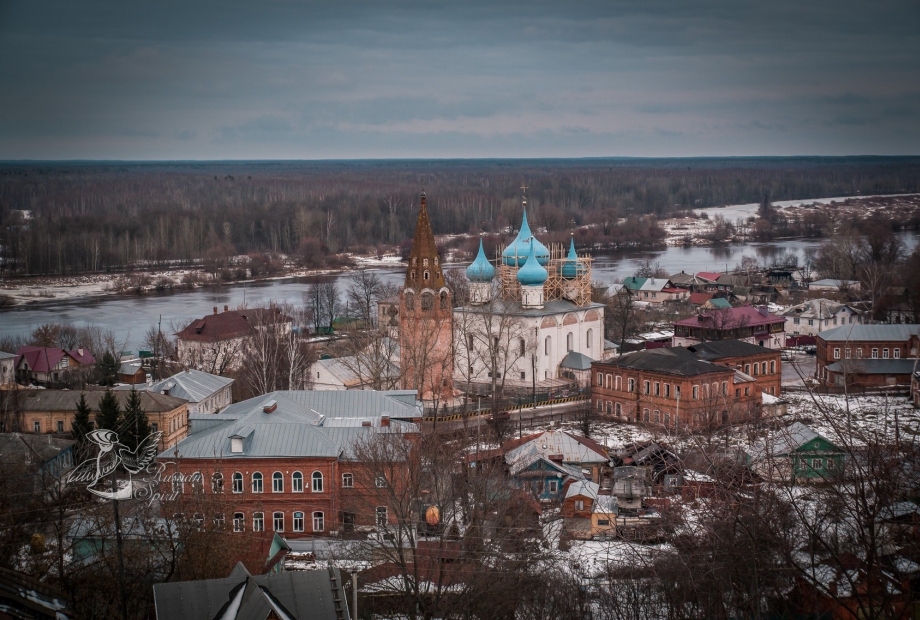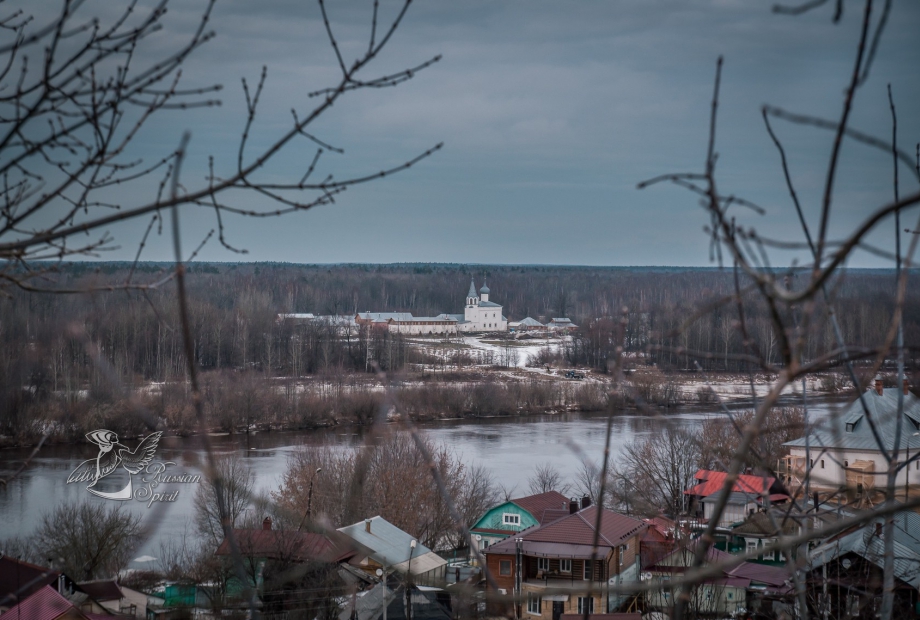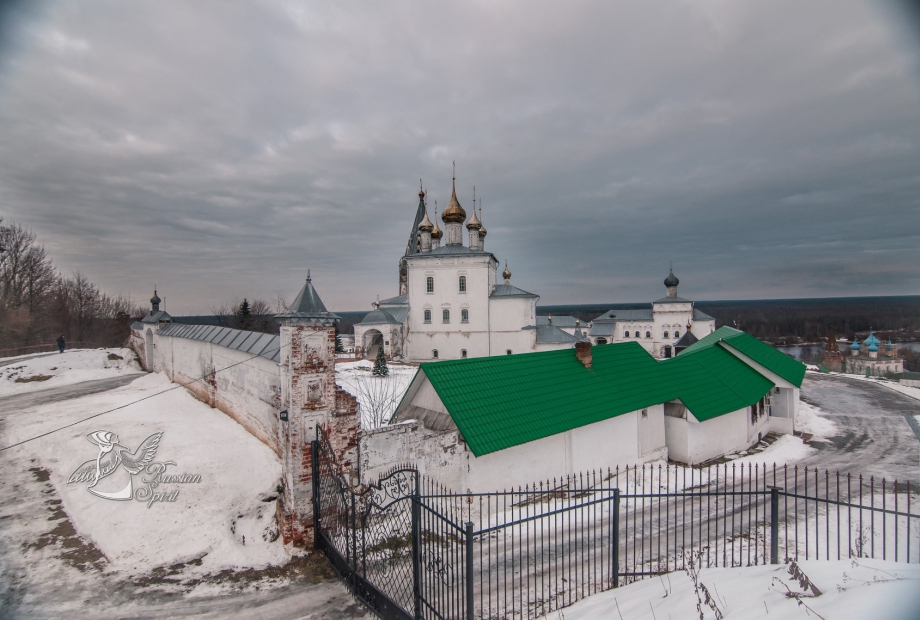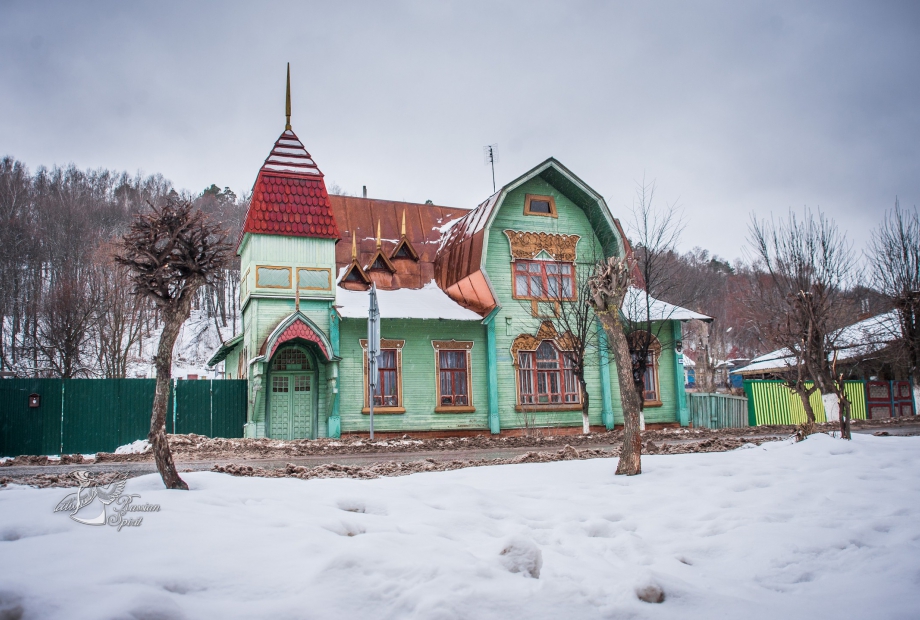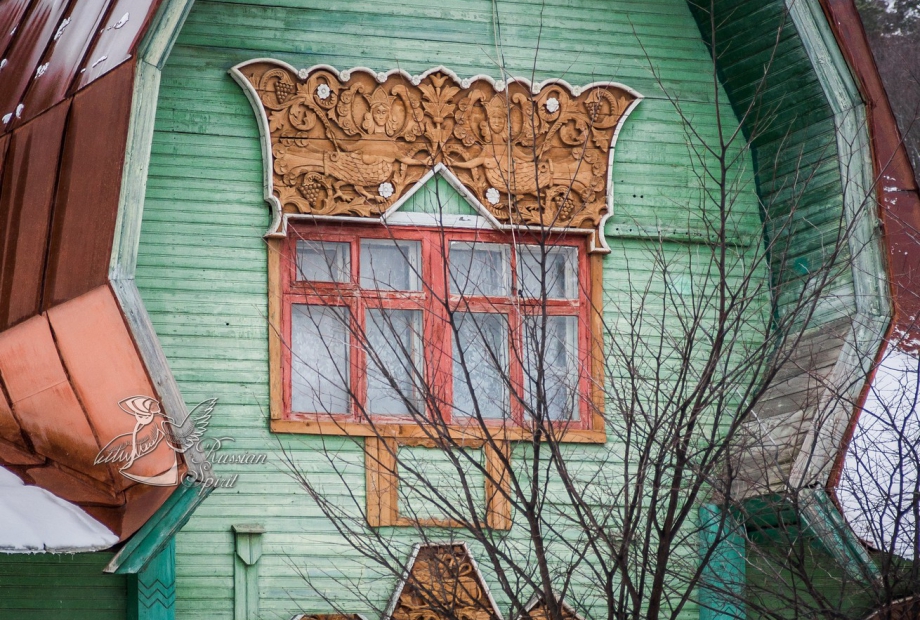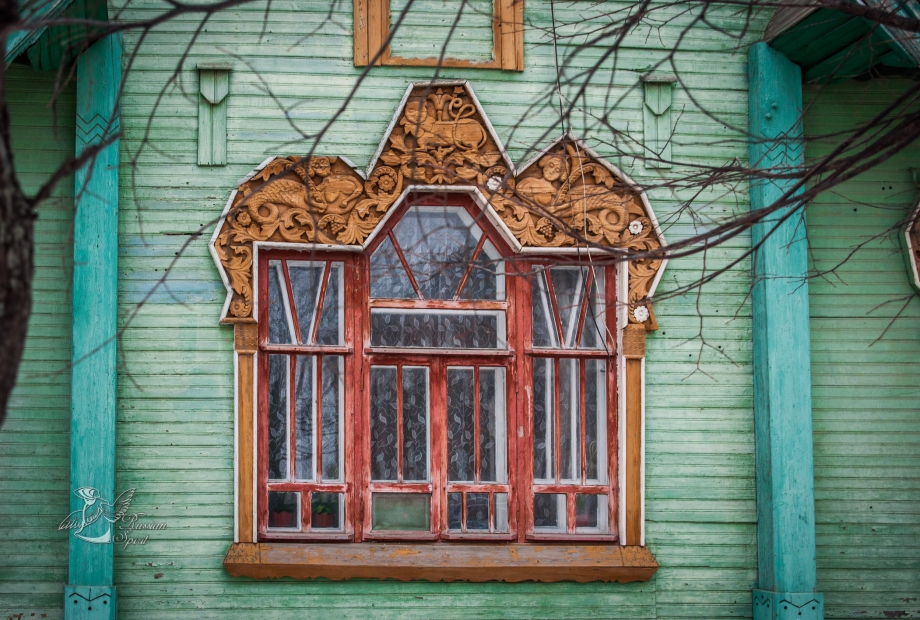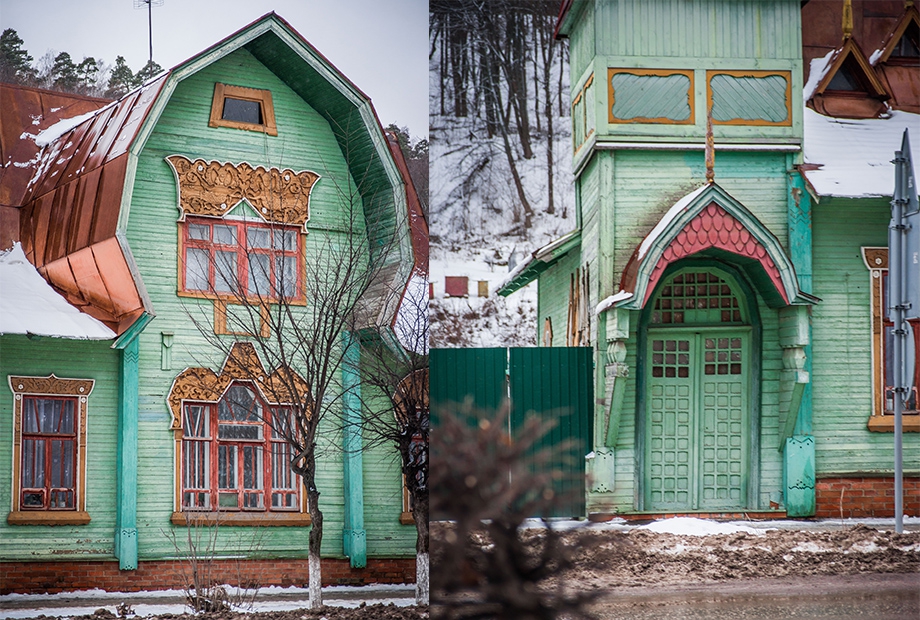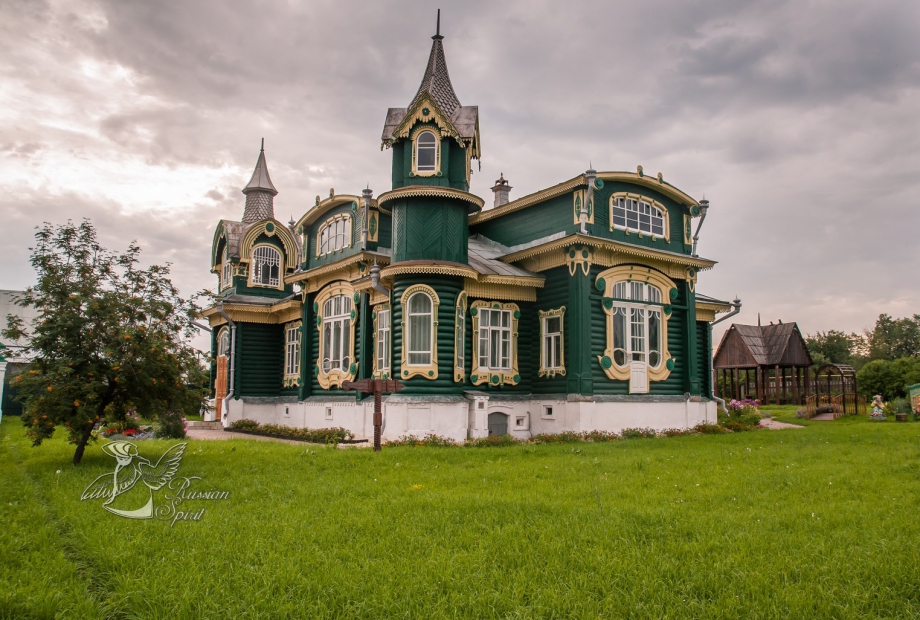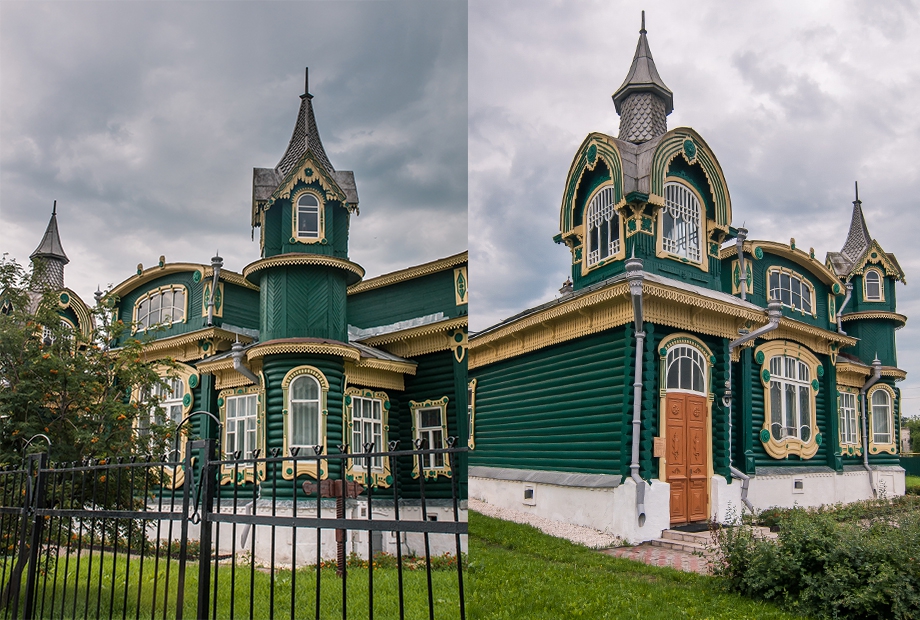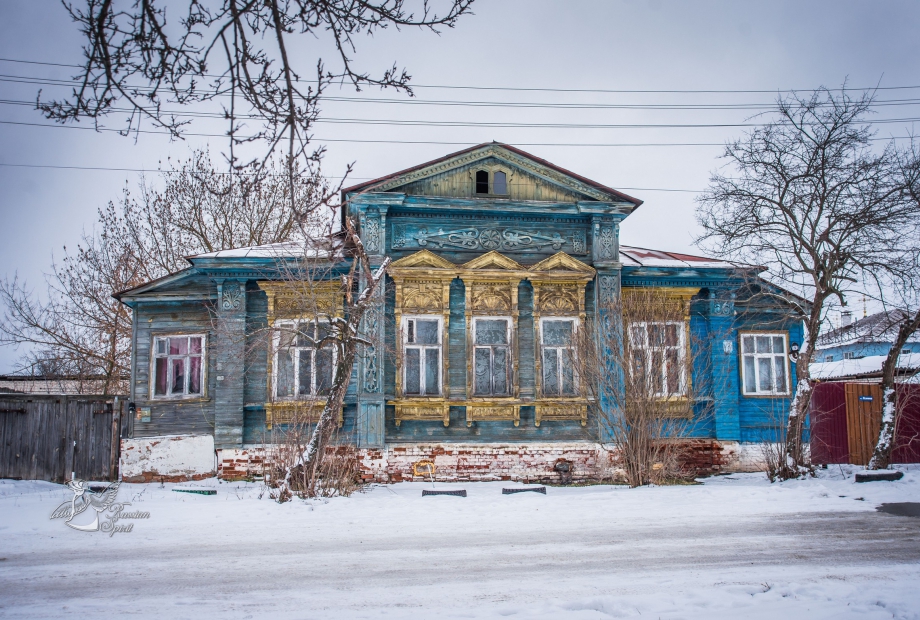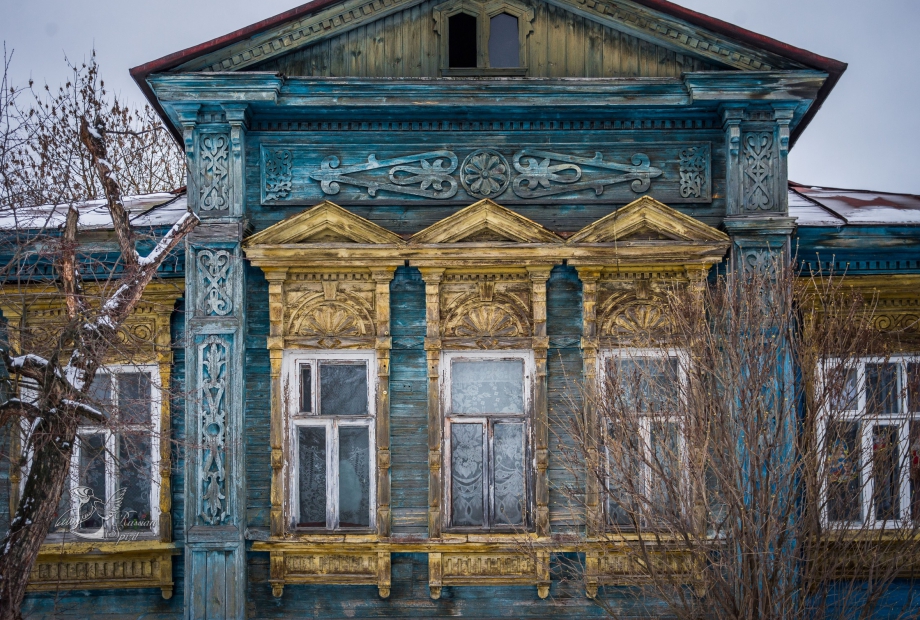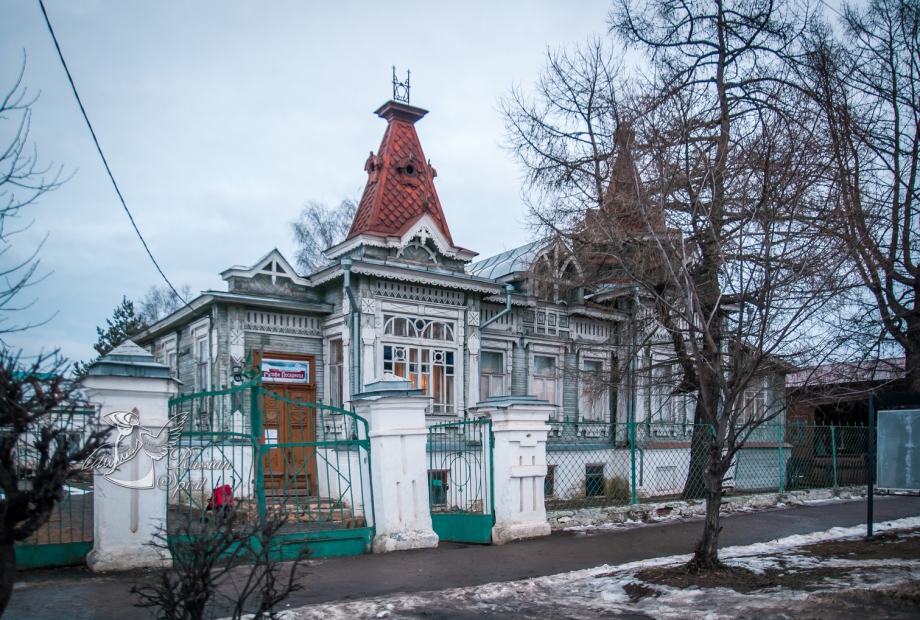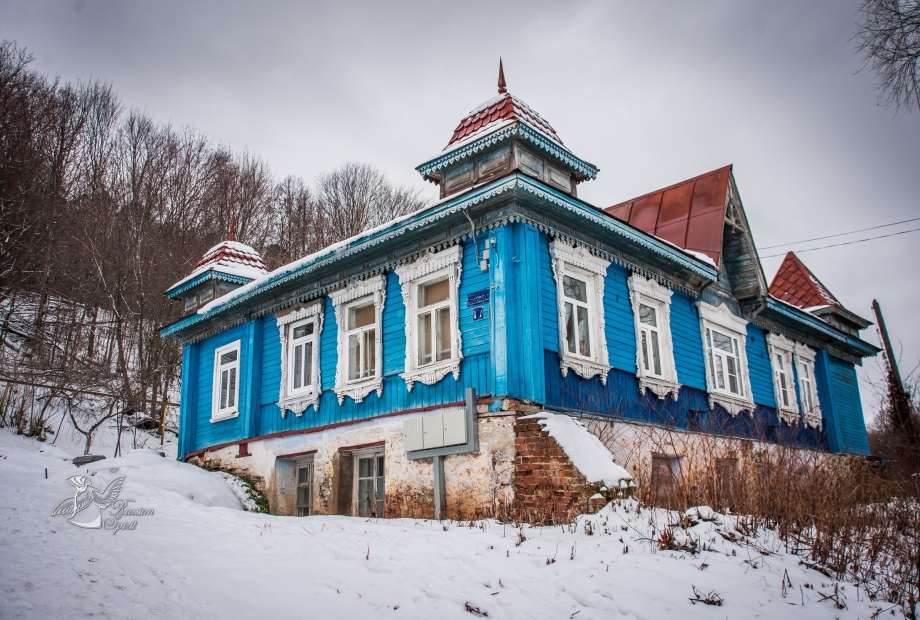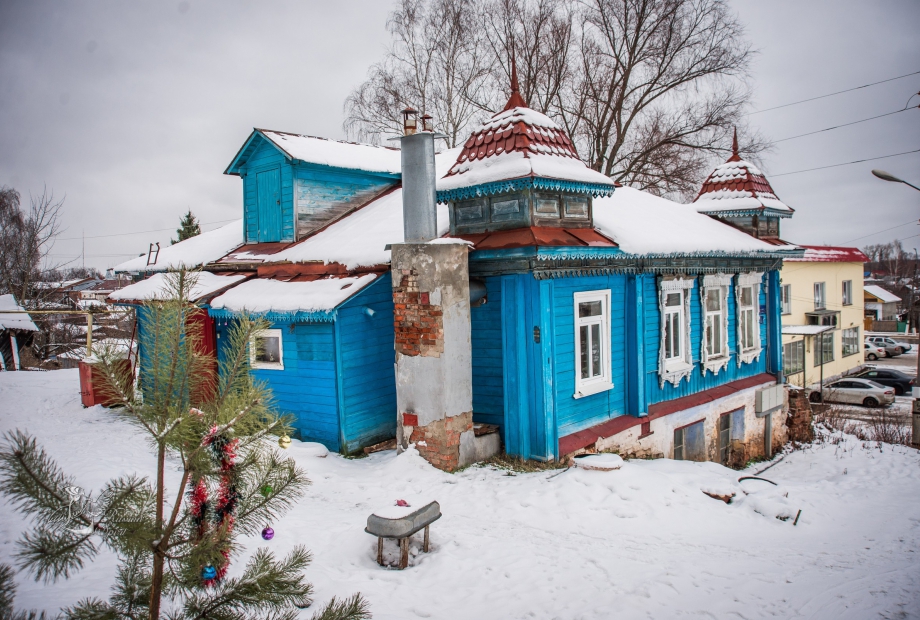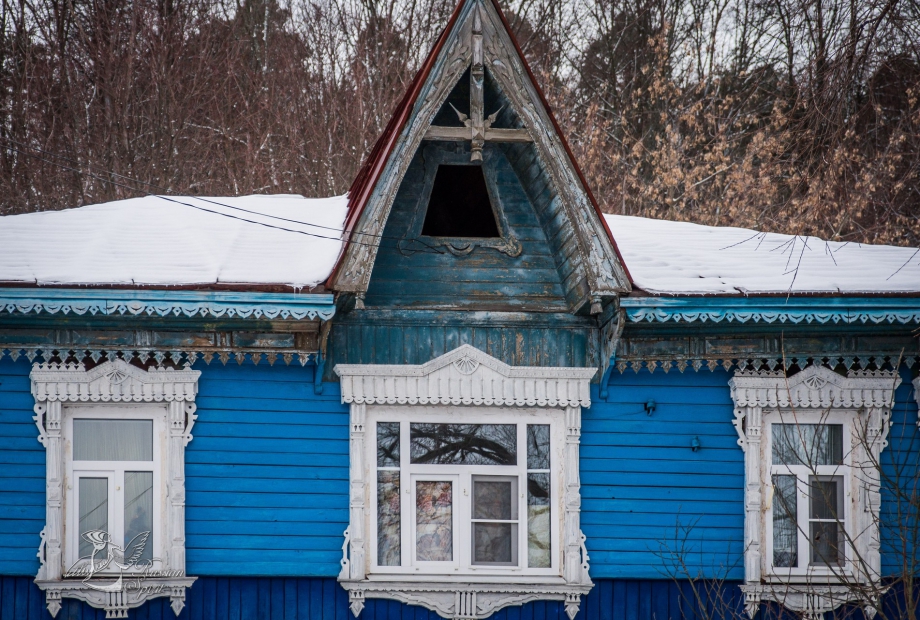Gorokhovets is a town-museum, it’s one of my favorite towns where the “Russian spirit” can be felt to the greatest extent. You can stop in this small merchant town while traveling from Moscow to Vladimir or Nizhny Novgorod. The town is located on a hill with a wonderful view to the Klyazma River. From there, you can see almost all the sights. Besides, Gorokhovets retained a huge number of merchant wooden and stone houses, ancient monasteries and even boyars' chambers. This is one of the towns transporting us into the past of Mother Russia!
1. Some history
2. The most beautiful wooden houses
Some history
ГThese lands were inhabited a very long time ago, back in the VI century Finno-Ugric tribes lived here, and in the X-XI centuries Slavic ones. In 1168, during the campaigns of the Russian armies to the Volga Bulgaria, Prince Andrei Bogolyubsky ordered to build a Detinet (ancient Russian fortress) on the Nikolsky hill with ramparts up to 5 meters of height. Gradually, at the foot of the mountain, a town grew.
Unfortunately, the Detinets has not been conserved to our days. Nowadays on this place there is the Holy Trinity St. Nicholas Monastery. What a beautiful view opens from the mountain to the whole town! And in the warm season, you can climb the bell tower and see even more!
Gorokhovets became the area for filming of many historical films.
The most beautiful wooden houses.
The feature of the small provincial town of Gorokhovets, Vladimir Region, is the unique houses original in shape and decorative carving, made by the local carpenters called "yakushi".
Why “yakushi”? That’s because this special handicraft appeared in the village of Yakushevo near Gorokhovets.
They got famous in all Russia thanks to the “flat” carving made by cutting out. It was also called nautical carving. The fame of “yakushi” was so great that the Russian-language lexicographer Vladimir Dahl included the word “Yakushi” in his “Explanatory Dictionary of the Living Great Russian Language”, defining them as carpenters using “mortisers, for cutting decoration on huts and on ships”.
Thanks to the rich forests, carpentry in the Gorokhovets district has been almost the main occupation of the male population for centuries. By 1883, there were about 24 stone houses and 381 wooden ones in the town.
In 2015, it was even decided to celebrate the Yakushi Day in Gorokhovets. The program of the holiday includes a sightseeing tour around the wooden houses of Gorokhovets.
House with mermaids
An example of such carving is very clearly visible on this house located on the street Lenin. It is also called a house with mermaids.
It was built in 1915 for the chairman Fyodor Ksenofontovich Prishletsov. Then it belonged to the town governor of Gorokhovets. Before the revolution, there was also a pharmacy in it, and after the district-urban unit, and now it is just a residential building.
The architecture of the house reflected the increased in the late XIX-early XX century interest in the motives of Russian folk art in architecture - the so-called "neo-Russian style". For example, the frames decorated with flat carvings depicting a lion and two mermaids-pharaohs among the floral ornament. In Russia, they were considered the guardians of the hearth. Moreover, in the Nizhny Novgorod region there is a wooden carving with the image of male mermaids, who were called pharaohs.
And above the upper window two carved birds of Sirin from the Russian mythology are clearly visible.
The tower with "scaly" tiles fits very well and complements the theme of home decor.
House of the merchant Shorin
Right at the entrance to the town on the highway going from Moscow to Vladimir stands this amazing green house (Moskovskaya St., 43) - the country house of the merchant Mikhail Ivanovich Shorin.
The Shorins family did a lot for the development of Gorokhovets. Mikhail's father Ivan Aleksandrovich Shorin hailed from the simple peasants. Starting as a worker and gaining experience, he advanced to the foreman and traveled all over Russia as a boiler foreman. Returning to Gorokhovets, he became the founder of a shipyard that produced barges and steam tugs.
Michael successfully continued the work of his father. When he started a large family (he had 4 sons), he moved to this house, built at the beginning of the 20th century according to the plan of the architect Bruni. The family lived here until 1928.
In 1918, when the plant was nationalized, Mikhail became the manager, but even then the persecution began. After several unfounded accusations of “wrecking,” Mikhail Ivanovich decides to move from Gorokhovets to Moscow.
They left all their property in the house, they took with them only personal items, including linen, clothes, icons and books. Almost immediately, the house and all the property were nationalized (possibly directly at the request of Mikhail Ivanovich).
In Moscow, Shorin joined the People’s Commissariat of Shipbuilding, but soon Mikhail Ivanovich was sent to exercise control with the subsequent inclusion in the work at the shipyard in the town of Sretensk, Chita province.
A new wave of repression was coming. In 1938, Shorin was unjustly sentenced to 15 years and sent to a camp where he died.
In 1957 he was rehabilitated for lack of corpus delicti.
Relatives could not even find the grave of Mikhail Ivanovich.
Now the Shorins' house is the House of Folk Art and Crafts (the most suitable use of such houses, in my opinion), open for tourists.
Be sure to go on an excursion to see the interior and learn more about the house and the interesting life of the Shorin family.
House of Saraykina at Lenin str., 3
An example of a Russian provincial empire of the mid-19th century. The house is currently residential and is in good condition.
City estate of the merchant Morozov on Lenin Street, 83
This house is located almost opposite the house with the mermaids. Now here there is a museum of technical thought, "Marpha Posadnitsa".
Initially, this house also belonged to Alexandrovich Shorin, who founded the shipbuilding plant. In 1907, the world's largest oil barge “Marpha Posadnitsa” was built at this plant.
Но затем Шорин подарил его своему зятю Морозову. В этом доме успел пожить и сын Шорина Михаил перед заездом в зеленый дом.
But then Shorin gave the house to his son-in-law merchant Morozov. Shorin’s son Mikhail lived in this house before entering the green house.
It’s good that we can even go into this house, because the interior is perfectly preserved: here we will see tiled stoves and massive doors decorated with carved panels, parquet, stucco decoration of ceilings.
In the living room of Morozov’s house, you can see furniture created more than a century ago by masters of wooden carving.
Also, thanks to the exposition of the Marfa Posadnitsa Museum of Technical Thought, we can find out the stages of the industry development in the Gorokhovets district and of the boiler work which was he most widespread industry of the XIX - early XX centuries.
House with turrets at Pushkinskiy lane, 1
It resembles a teremok from Russian fairy tales, and what is especially valuable: it is perfectly located on the slope of the Puzhalov hill. Please note that the base of the house is stone, like many merchant houses in Russia of the late XIX century. The wooden part of the house is very richly decorated with carvings. I was especially impressed by the pediment with a platband on the facade from the side of Lenin street.

